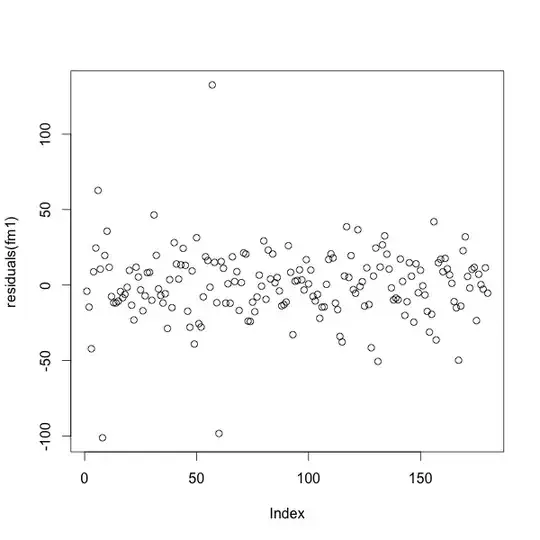I am trying to perform survival regression (prediction) on a dataset of lifetimes, which is highly concentrated around 1, with a significant right skew. The below photo is how it looks when log-transformed.
I tested a Cox PH model, and several AFT models: Weibull, Log-Logistic, and Log-Normal. Of the 4, the Log-Normal model gives the best log-likelihood and concordance score (about 0.59), but I'm concerned that it does not fit assumptions.
By "does not fit assumptions," I mean that I'm not sure that this distribution qualifies as lognormal. The transformed data in the photo is not especially close to normality and still shows a significant right skew. I also don't know how to check the residuals for this sort of model, as it is my first time doing survival analysis and I'm at the mercy of what the lifelines package in Python has available. As far as I can tell, checking assumptions is not implemented for AFT models.
Inferences about variables are not important to us, but the predictions produced by the model will be used in a business context, so I'm not sure how to proceed. I'd be grateful for an answer to any of the following:
How do I finish checking the assumptions for this AFT model using Python?
If the assumptions are not met, are the predictions completely useless for a business context, despite a concordance of 0.59? (Typical range is 0.5 to 0.7 from what I've read.)
If so, what should I do then?
Should I just reformulate the problem into a different one? (Just now I fit a classifier to predict whether an observation's lifetime would be >= 6, excluding the censored data; sadly it only achieves AUC-ROC of 0.55.)
